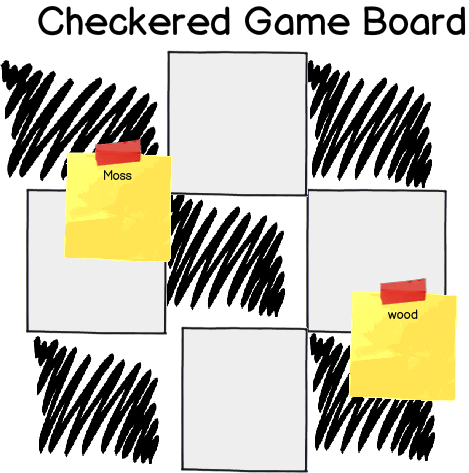Do industrial designers have a rule for the number of materials used in a product?
What if I want to use moss for a board game?

download bmml source – Wireframes created with Balsamiq Mockups
Do industrial designers have a rule for the number of materials used in a product?
What if I want to use moss for a board game?

download bmml source – Wireframes created with Balsamiq Mockups
The French writer Antoine de Saint-Exupery once wrote, "Perfection is achieved, not when there is nothing more to add, but when there is nothing left to take away".
That's a commonly-quoted principle of all design; each element should justify its existence. Don't include anything that doesn't serve a purpose.
That doesn't mean there's a hard-and-fast rule in play; you're likely to need at least four materials/textures in a chess board game (two for the game board and two for the pieces). But if you can remove something without any detriment to the object filling the user's need in some way, that thing was evidently extraneous and can (or better should) be removed.
Short answer - no they don't have a simple rule.
It depends on the purpose of the design, the materials, the budget, the goals, etc.
Think of materials used in a product in much the same way that you might think of colours used on a website or mobile application.
While it can be effective to use many colours, they can also be distracting and harm your initial goals. So the answer is that "it depends" on your product, and what you are trying to achieve with it, more than on some rule.
I should note that some designers have arbitrary rules that they use for themselves based on their philosophy of design, but there is not any generally accepted rule. Nor should there be.
From the clip of Jonathan Ives - from the documentary 'Objectified'...
For mass produced products there are strong production engineering and production cost drivers to 'simplify' products.
Form follows function.